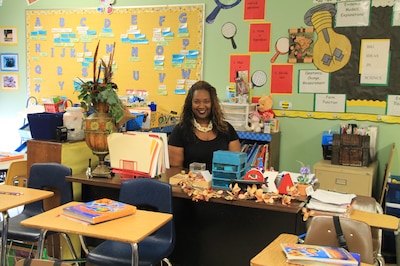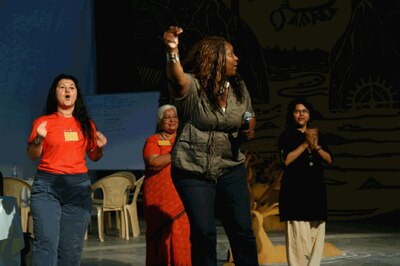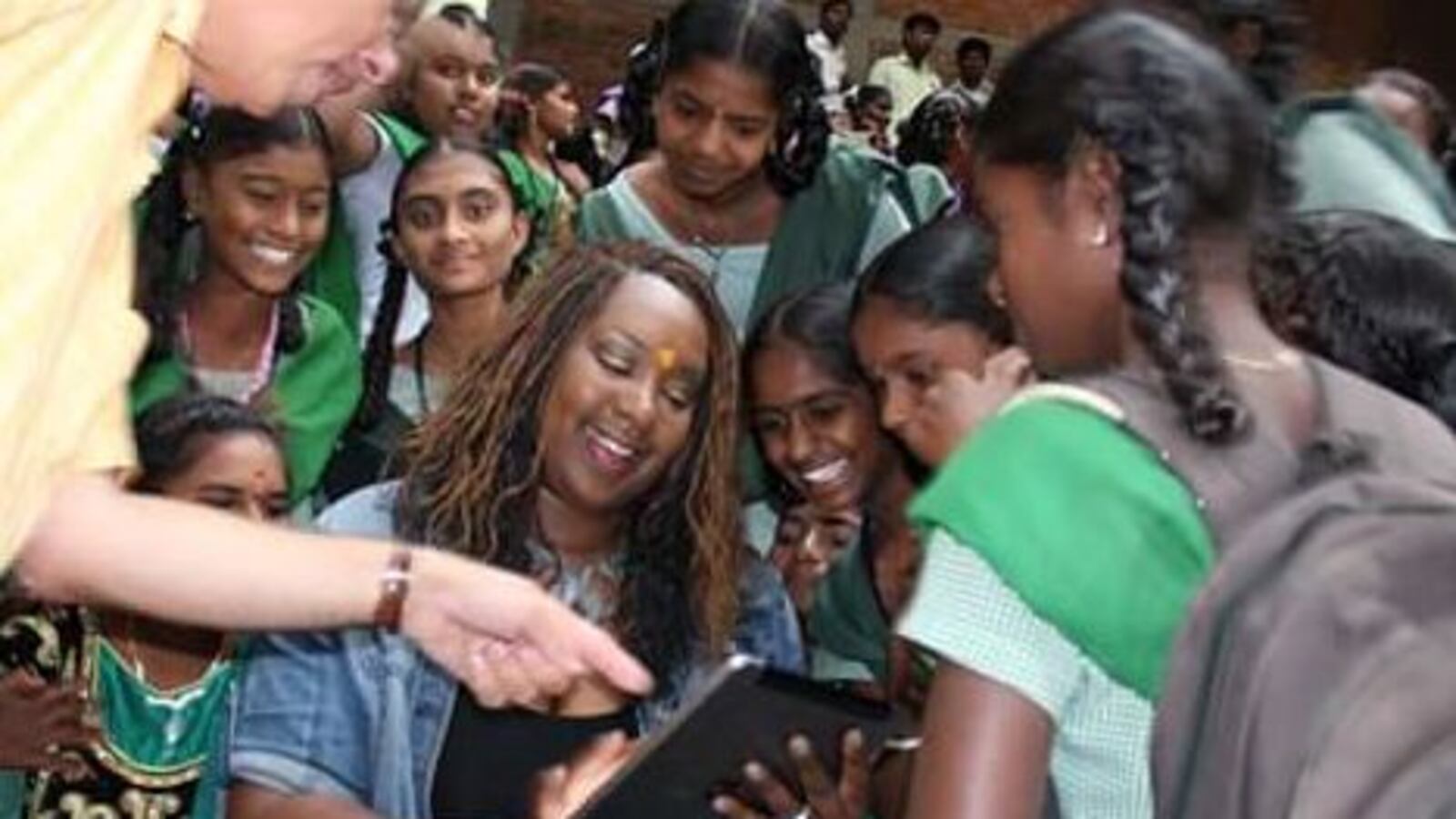How do teachers captivate their students? Here, in a feature we call How I Teach, we ask great educators how they approach their jobs. You can see other pieces in this series here.
Melissa Collins couldn’t take her second-grade students with her on trips to Brazil and India — so she brings her travels into her Memphis classroom instead.
This summer, Collins joined 36 educators from around the world at the Maverick Teachers Global Summit in India. In 2013, she worked with other teachers in Brazil as an NEA Foundation Global Learning Fellow — an experience she blogged about and used to develop lessons that other teachers can download. Those experiences, she says, have helped her expose her students at John P. Freeman Optional School to other cultures.
Chalkbeat recently asked Collins, a teacher for Shelby County Schools, to explain how she does what she does. (Her answers have been lightly edited and condensed.)
What’s a short phrase to describe your teaching style?
Getting to know who my students are and listening to them. If I don’t know who my students are — what their individual interests are, what makes them tick — how can I teach them in a way that makes them feel engaged and invested?
How do you make learning come alive in your classroom?
It’s about taking risks and thinking outside of the box. For example, I sing a lot. I know my students love music, so I create lesson plans that incorporate song lyrics or instruments. I also have lab coats for each student that they put on whenever we do a science lesson. They see themselves as real-life scientists, which creates excitement. It feels like we’re doing something special, not just opening our books to the next science lesson.

What does “global education” mean to you?
There are so many cultures out there in the world that are very different than the day-to-day life that my students experience. Bringing what I experience in other countries back to my kids in a tangible way helps them understand how people live and act in places very different than here.
How do you create lesson plans that reflect global education?
When I was in Brazil and India, I thought about what I could physically bring back into my classroom that reflected their cultures. While visiting markets in Brazil, I came across a lot of different instruments I had never seen before. I brought some of these instruments back for my students to use during lessons about Brazilian music and culture.
We’re also teaching an increasingly diverse group of students. Are some of your students from other countries? Can they speak about their own experience? Can their parents? Think about your friends and acquaintances. Odds are, someone you know has had a global experience that can connect to a lesson you’re trying to teach. When I first started teaching, I had a great relationship with a woman from China. She would come talk to my kids about her culture and allow them to taste different foods. That was one of their favorite days of the school year.
How do you determine if a lesson is successful?
When students began to ask questions for themselves. I want my students to form a curiosity about the world — to think beyond their neighborhoods. That’s success to me, when a student is asking questions for the sake of their own understanding.
And it’s also a success if students have fun. Learning has to be fun. If students enjoy what they are learning, they will be motivated to keep learning.

What’s some of the best advice you’ve received as a teacher?
Always focus on your babies. Putting your students at the center is how you make sure it’s the best learning experience possible for them.
Help your students understand who they are and how they fit into the world — from kindergarten on up. Having an understanding of their own identity is huge in then helping them understand the bigger world out there.


